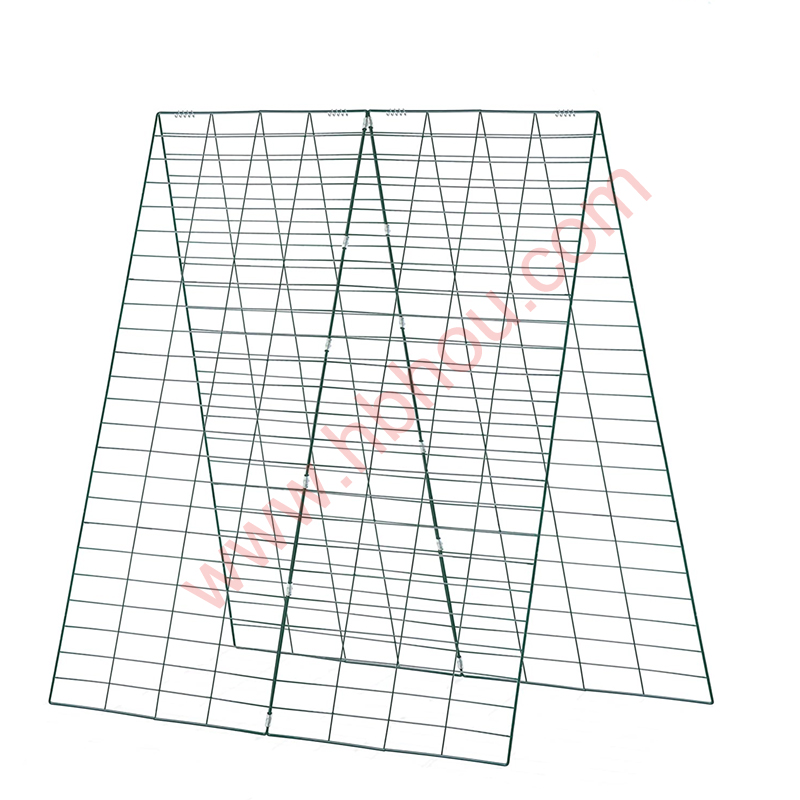Live Animal Traps for Groundhogs A Comprehensive Guide
Groundhogs, also known as woodchucks, are often considered adorable yet persistent pests by gardeners and homeowners alike. With their penchant for digging and voracious appetite for vegetables, these burrowing rodents can wreak havoc on well-tended gardens. However, when the time comes to manage a groundhog population, humane treatment is key. That’s where live animal traps come into play. This article explores the best practices for using live animal traps for groundhogs effectively.
Understanding Groundhogs
Before delving into trapping techniques, it's essential to understand the behavior and habits of groundhogs. These creatures are generally solitary and territorial, with home ranges that can expand up to 2 acres. They are primarily herbivores, feeding on a variety of plants, including vegetables, flowers, and grasses. Groundhogs are most active during the early morning and late afternoon, which can be the opportune times to set traps.
Choosing the Right Trap
Selecting the right trap is pivotal in successfully capturing a groundhog. Live animal traps are designed to capture without causing harm. When shopping for a trap, look for the following features
1. Size A trap measuring 32 inches long and 10 inches wide is often ideal for groundhogs. This size allows enough space for a groundhog to enter comfortably while ensuring it is contained. 2. Construction Make sure the trap is made of sturdy materials, such as galvanized steel, to withstand an animal's attempts to escape. Also, ensure there are no sharp edges that could injure the trapped animal.
3. Trigger Mechanism A sensitive yet reliable trigger mechanism will better ensure the groundhog is swiftly captured upon entry. Look for traps that have a straightforward yet effective design.
Setting Up the Trap
To increase your chances of successfully trapping a groundhog, proper set-up is essential
1. Location Place the trap near burrow entrances or along active pathways where you’ve observed groundhog activity. Groundhogs tend to follow routine paths between their burrows and feeding areas.
live animal traps for groundhogs

2. Baiting The right bait can make all the difference. Groundhogs are attracted to various types of food. Some effective baits include fresh fruits and vegetables such as apples, carrots, or leafy greens. You could also use peanut butter, which can be smeared on the trap's trigger plate for an irresistible smell.
3. Camouflaging the Trap Groundhogs are cautious animals and may shy away from unfamiliar objects. Camouflaging the trap with grass or leaves can encourage them to approach and enter without hesitation.
4. Check Regularly Once the trap is set, check it frequently, ideally every few hours. This ensures that any captured animal can be released promptly, minimizing stress and distress.
Capturing and Releasing Groundhogs
Once a groundhog has been caught, handling and releasing it must be performed carefully. Here are some guidelines
1. Use Protective Gear Always wear gloves when handling the trap, as groundhogs can carry diseases. Handling the trap with care also prevents any potential bites.
2. Transport Safely When transporting the trap, keep it upright and secure to avoid jostling the animal inside. Provide enough ventilation for the trapped groundhog by ensuring the trap doors remain slightly ajar.
3. Choose an Appropriate Release Site When selecting a release site, choose a location that is at least several miles away from your home to prevent the groundhog from returning. Release in an area with abundant food sources and natural cover.
4. Observe Local Regulations Always check local wildlife regulations before trapping or relocating animals. Some areas may have specific laws regarding the trapping and relocation of groundhogs.
Conclusion
Using live animal traps to manage groundhog populations can be an effective and humane approach. By understanding groundhog behavior, selecting the right trap, and following the best practices for baiting and releasing, you can tackle groundhog-related challenges while maintaining ethical treatment of these furry creatures. Whether you are a gardener or a nature lover, a compassionate approach ensures that both your plants and the local wildlife can coexist harmoniously.
















